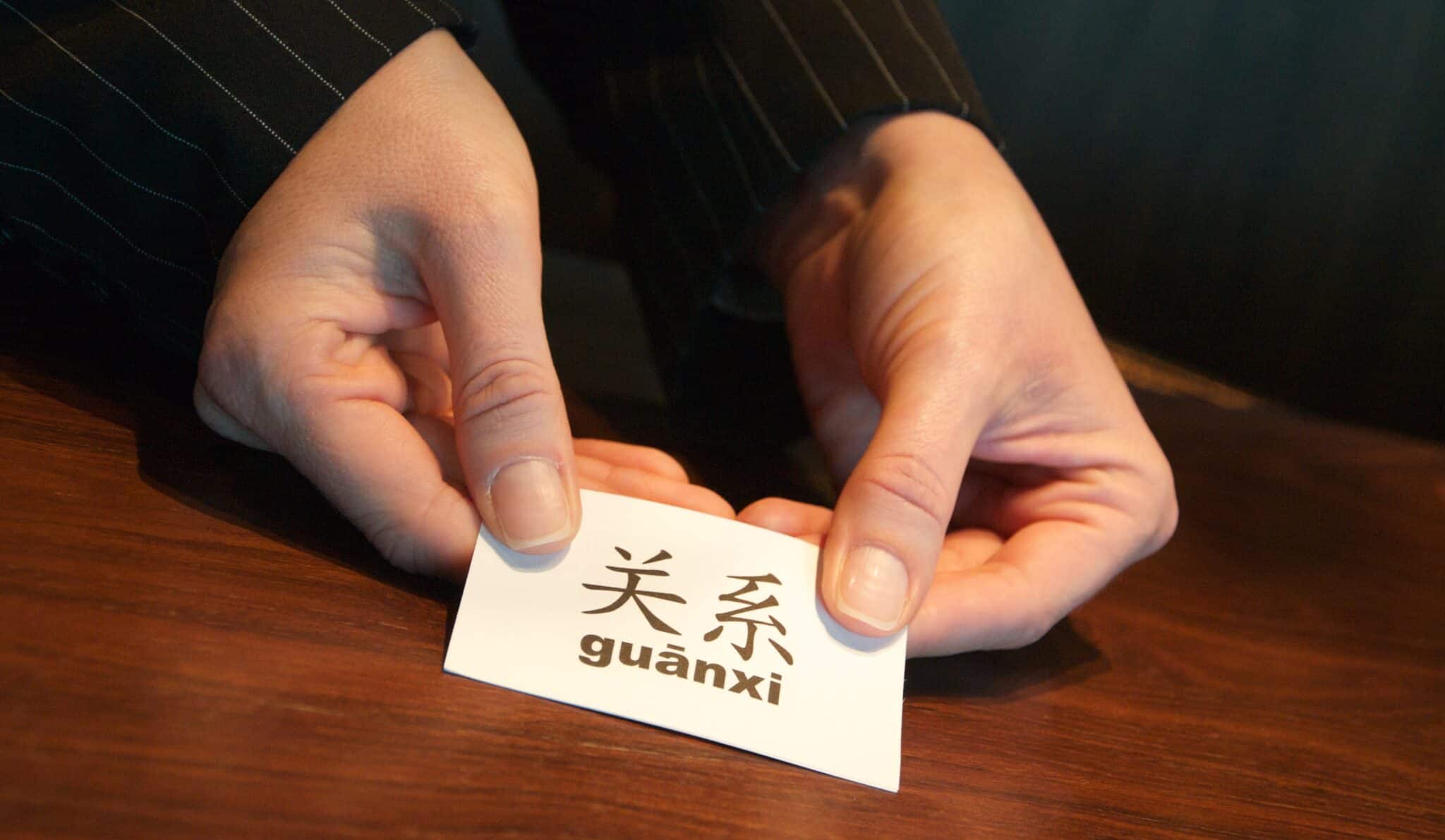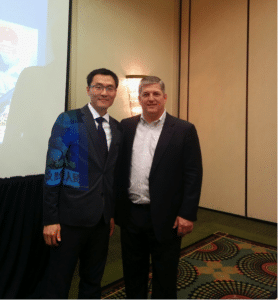Last October I had the chance to work as an English-Chinese interpreter in Philadelphia for a group of 110 Executive MBA students from the Sun Yat-sen University in Guangzhou. They were on a two-week study tour in the US to hear a series of professors speak about leadership, business culture, etc. The particular session that hired me as interpreter featured Professor Todd Henshaw, Director of Executive Leadership Programs at The Wharton School, who also headed the Leadership Program at the United States Military Academy at West Point before joining Wharton.
I knew the West Point Academy (in Chinese, “西点军校”) has been a brand name – well recognized and admired in China as a cradle of leaders, perhaps no less than Harvard, Wharton or any other business schools. These EMBA students came to learn what made the Academy a legend. Despite my relatively limited experience with professional conference interpreting (I’m more of a dabbler than professional), I managed to pass through the morning and do an OK job (according to my audience and client), mainly because I was, thankfully, somewhat familiar with the topics in the classroom – leadership models, styles, cultural differences in leadership.
The three-and-a-half hour class tops my list of the most interesting experiences in the year 2014.
One interesting detail that left me thinking and smiling, is an example of how something just can’t get translated without losing a bit of its intended meaning.
The moment came up when the professor pulled out a chart to describe the Western leadership style as more task-focused, and the Eastern more relationship-focused. Without much hesitation, I heard myself saying关系导向 (guānxì dǎoxiàng, or relation-oriented). The professor, who was not supposed to know any Chinese at all, apparently heard me saying Guanxi, and stopped to correct me: “It’s not exactly Guanxi. It’s the leader-follower relationship.”
It took me a second to realize what’s going on: apparently the Professor had an accurate understanding of what Chinese business people call guanxi (关系; connections and contacts in the business world), and here he insisted on distinguishing what he called relationship from guanxi, explaining:
“Task-focused means getting the work done. It’s the opposite of that. It’s focused on building a trusting and caring relation with people in the workplace.”
I then took over to clarify the difference, emphasizing the word 关怀 (guanhuai, or caring) instead. I’m not sure how many of the 110 EMBA students captured the nuance, but I saw a few of them nodding. The class went on, and the morning quickly passed.
But here’s the paradox: there is no better word in Chinese that means relationship other than guanxi! How can you translate relationship-focus without mentioning guanxi, or otherwise running into a 10-second long explanation of the nuance? I would both blame how subtle Chinese is and praise how fascinating it is: This guanxi (relation) is not that guanxi (connections).
While I was typing down this anecdote, my memory was brought back to the Cross-Culture Leadership class that I took myself some years ago. What I remember is, when hearing that the East Asian concept of Guanxi was all about after-work boozes and Karaoke with clients, my Canadian and European classmates nearly drooled…
Picture of me and Prof. Todd Henshaw during class break.
Projected on my suit was part of an image of Chinese soldier Lei Feng (雷锋), which he was using as an example of leaders who “led by example”.



